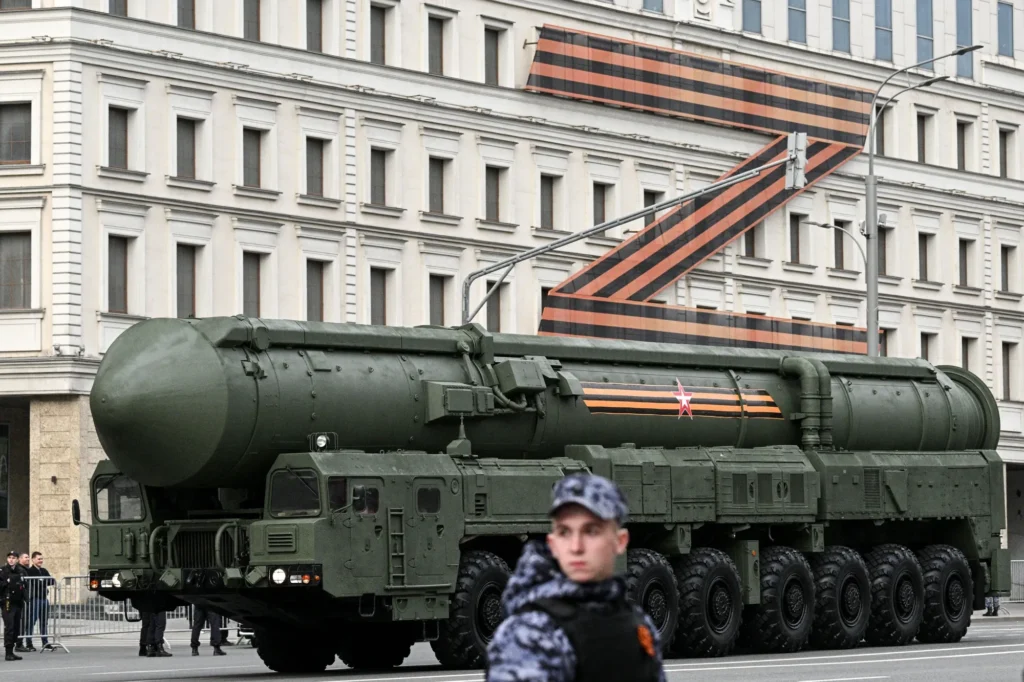Russian President Vladimir Putin has signed off on changes to the country’s nuclear doctrine, broadening the scenarios under which Moscow might use its nuclear arsenal.
The revised doctrine, approved Tuesday—marking the 1,000th day of Russia’s war in Ukraine—now considers an attack from a non-nuclear state, if supported by a nuclear power, as a joint assault warranting a nuclear response.

Other significant updates include:
- Conventional Attacks: Large-scale attacks involving conventional weapons, such as missiles, drones, or aircraft, could justify a nuclear retaliation.
- Belarus and Sovereignty: Attacks on Belarus, Russia’s close ally, or any critical threat to Russian sovereignty are now included in potential triggers.
- Coalition Aggression: Any aggression against Russia by a coalition member will be treated as an attack by the entire group, further expanding the scope of potential adversaries.
The changes come after Washington approved Ukraine’s use of long-range ATACMS missiles to strike targets inside Russia. Moscow criticized the U.S. decision, warning of a “tangible” response and describing such attacks as direct involvement by the United States and its allies in the conflict.
“This is a very important document,” Kremlin spokesperson Dmitry Peskov said, urging other countries to carefully analyze the updates. He added that the revisions were made to align with the “current situation.”
Russian Foreign Minister Sergey Lavrov, speaking at the G20 summit in Rio de Janeiro, reaffirmed Moscow’s stance against nuclear conflict, saying, “We strongly favor doing everything possible to prevent nuclear war.”
However, Ukraine has denounced the changes as nuclear blackmail intended to deter Western support, calling it part of Russia’s ongoing “nuclear saber-rattling.”
